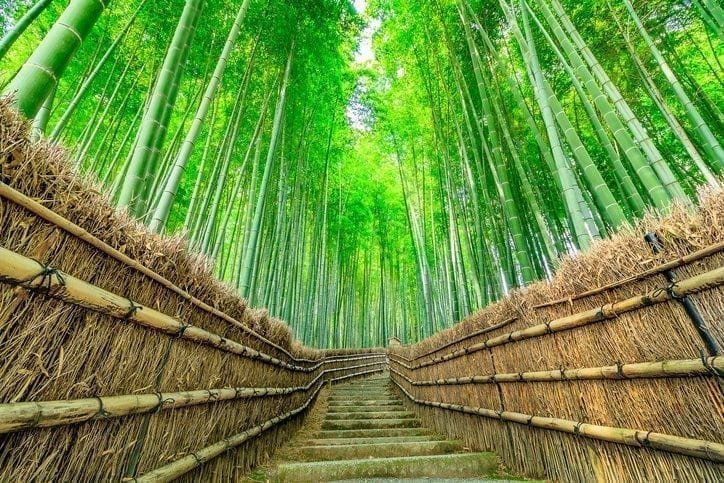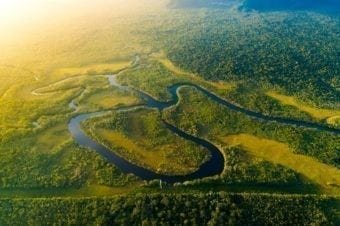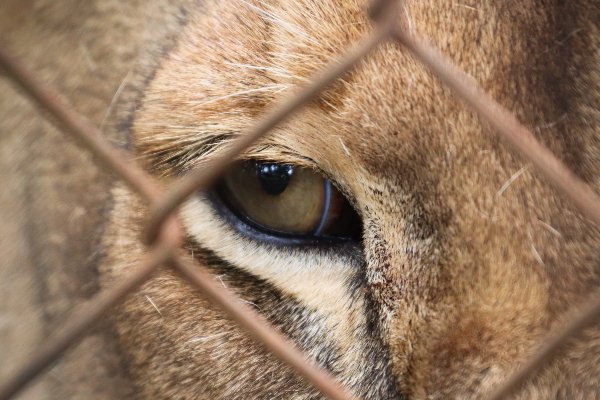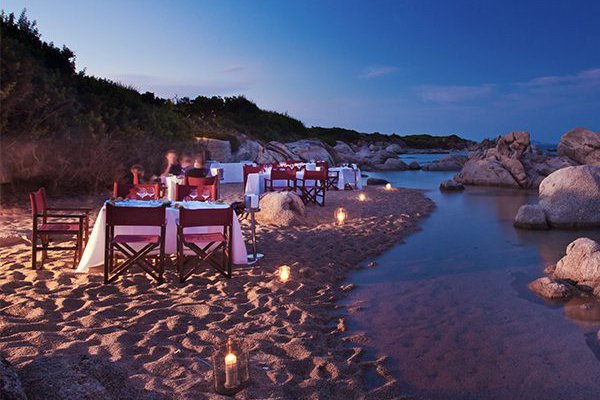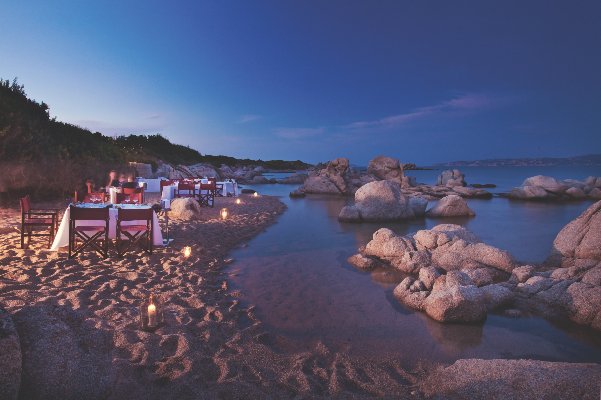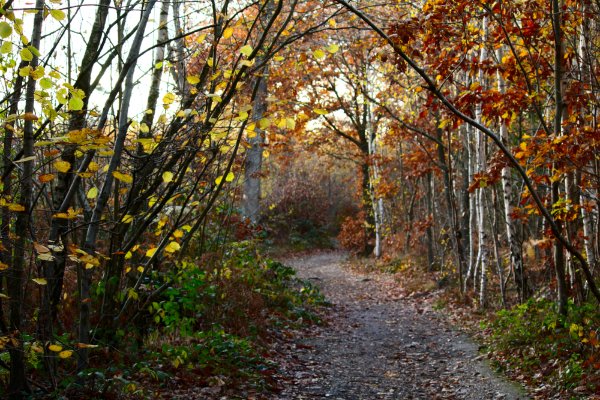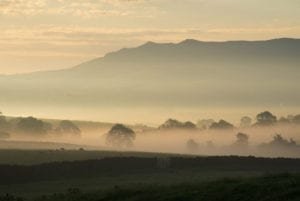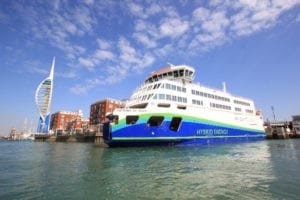In honour of International Day of Forests (21 March), Rickshaw Travel has created a list of some of the greatest forests in the world.
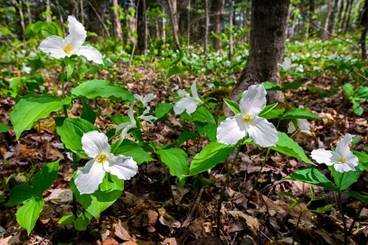
The Happy Valley Forest
Located in King Township, north of Toronto, Canada’s Happy Valley Forest is a classic example of a stereotypical lumberjack forest.
Full of dappled pines and woodland trails, this 2,850-acre forest is one of the largest remaining intact deciduous forest tracks in Canada’s Oak Ridges Moraine.
The forest is a patchwork woodland of sugar maple, American beech, paper birch, black cherry, red oak and towering ancient pinewoods.
It’s home to old field habitats, wooded swamps, wetland areas and several creek valleys. More than 110 bird species live in the forest, too – alongside many endangered species including the hooded warbler, the red-shouldered hawk, the Acadian flycatcher and the Jefferson Salamander.
Happy Valley is a shining example of the significant role Nature can play within communities, with the local townsfolk from nearby King regularly arranging Nature trails and legislating to protect and preserve their ‘King Forest’ – one of the last remaining forest giants of southern Ontario.
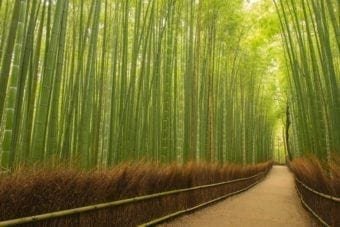
Arashiyama Bamboo Grove
Arashiyama Bamboo Grove in Japan has a hyper-modern feel; its singular soaring stalks of emerald bamboo (main image) create a distinctly minimalist aesthetic.
Located in the Arashiyama district of western Kyoto, the bamboo forest has been a popular destination since the ancient Heian period, when aristocrats would visit to enjoy its peaceful setting and breathtaking beauty.
The importance of living in harmony with Nature is deeply rooted in Japanese culture, and the popularity and respect shown to the bamboo forest is a perfect example of this relationship.
The bamboo itself is also a classic symbol of strength in Japanese mythology, and it’s believed the forest was originally planted to protect the temples from evil. In modern times, the forest seems to have gained a new magic power, being extraordinarily photogenic.
The Arashiyama Bamboo Grove is often cited as one of the best photography locations in the world, with the skyward stalks distorting perspective and creating a visually arresting image.
 Play Video about This Rock Might Just Save The World
Play Video about This Rock Might Just Save The World Play Video about Play 2 hours of rock
Play Video about Play 2 hours of rock Play Video about Play 2 hours of brook
Play Video about Play 2 hours of brook Play Video about Play 2 hours of sheep
Play Video about Play 2 hours of sheep

















